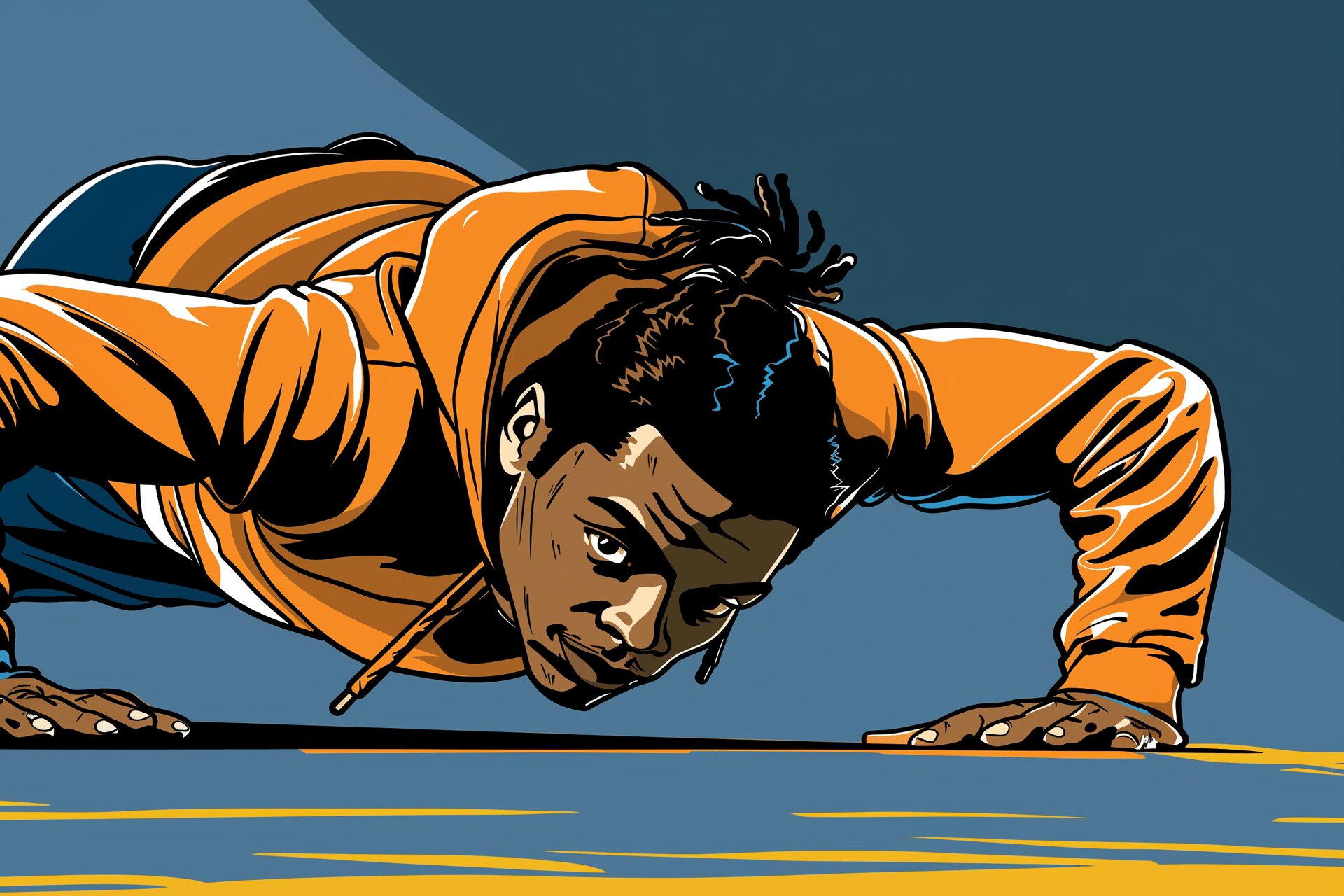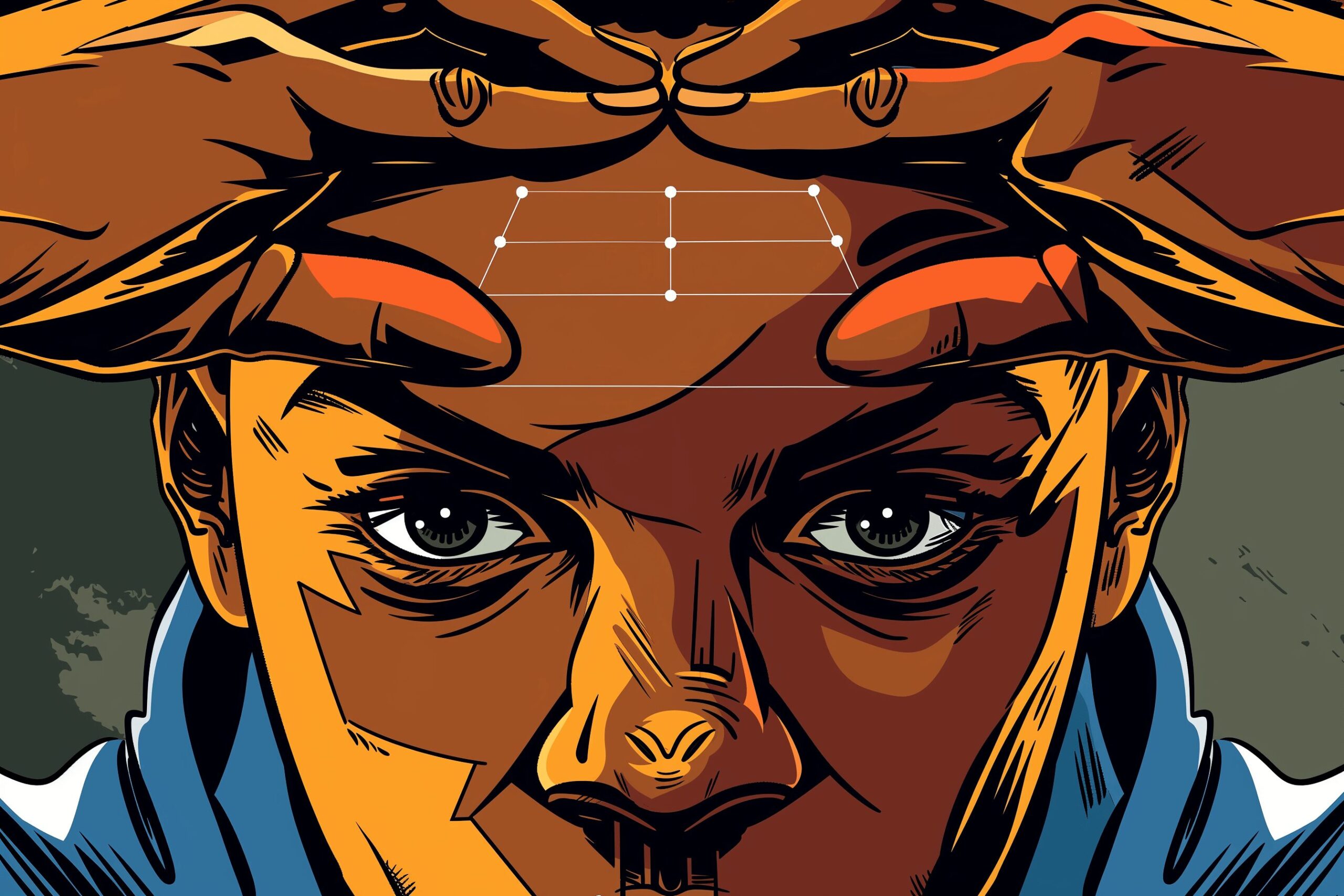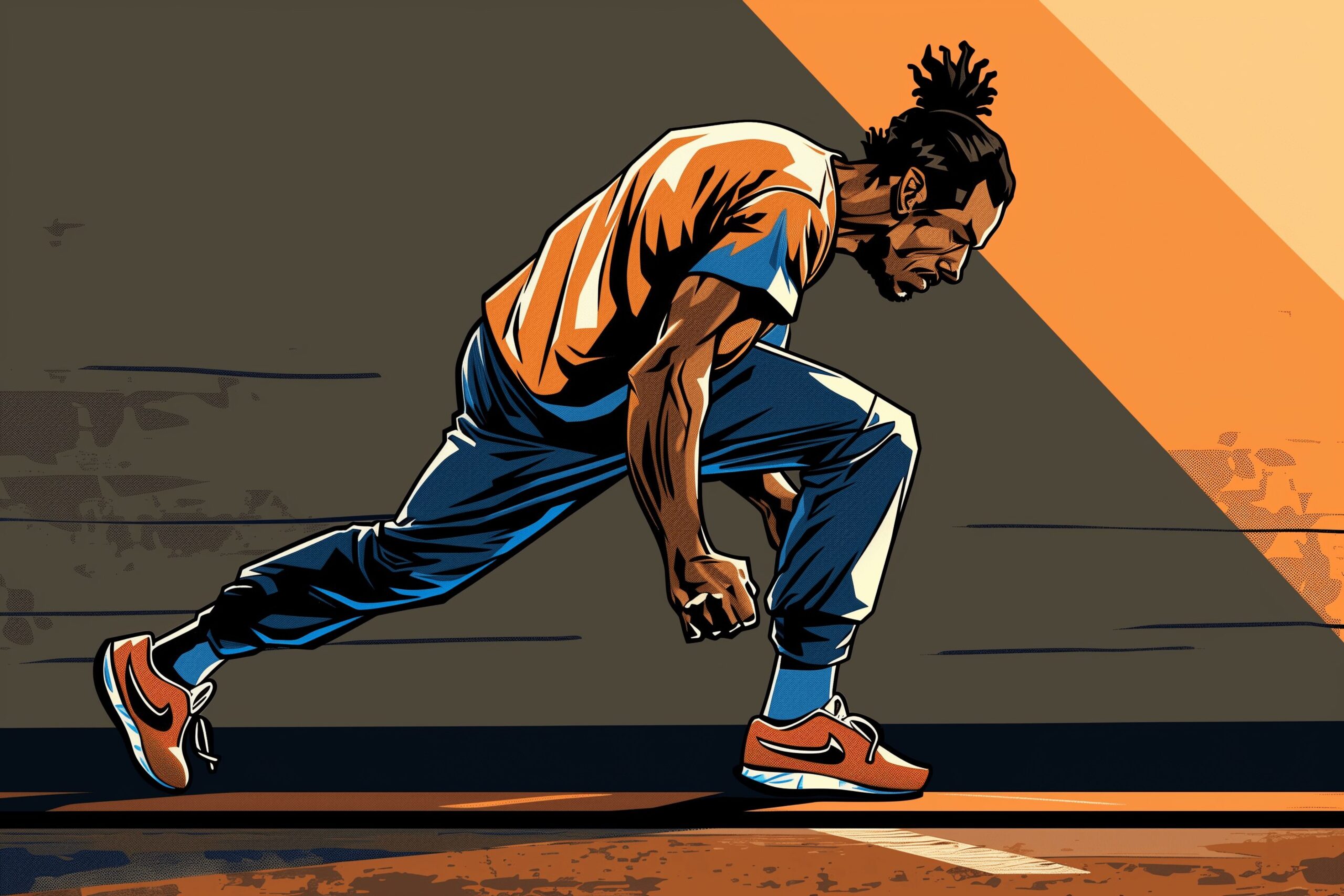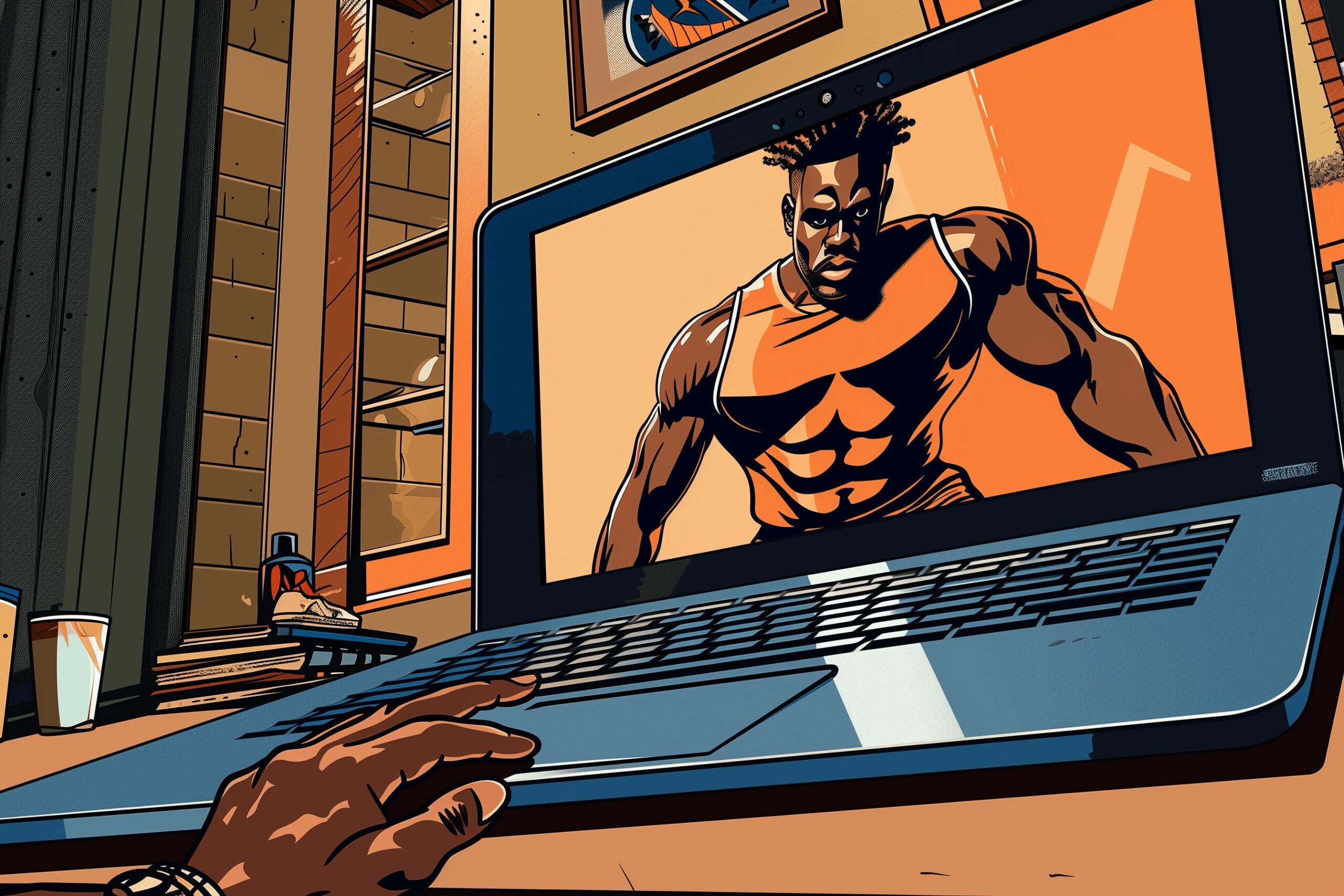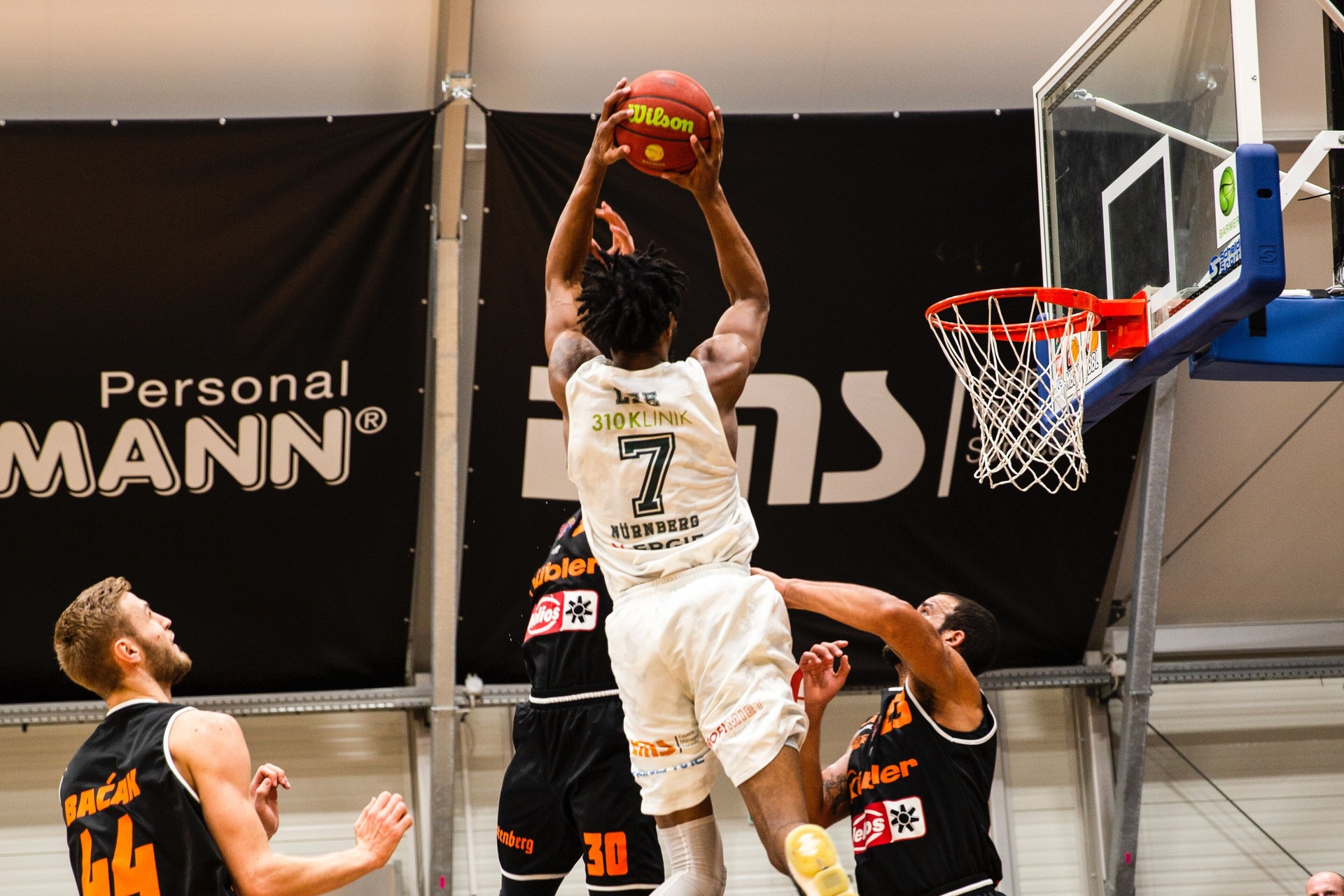
As an Amazon Associate, Modded gets commissions for purchases made through links in this post.
Basketball has changed a lot since the days of James Naismith, but it has remained fundamentally the same sport for much of its history. The point guard and center dominated basketball for a long time, but now some say it’s a positionless sport. So, what are the five positions in basketball? Each player has a specified role to fill, and a team can win championships if everybody plays along.
Let’s dive into the five positions in basketball and see how the game has changed.
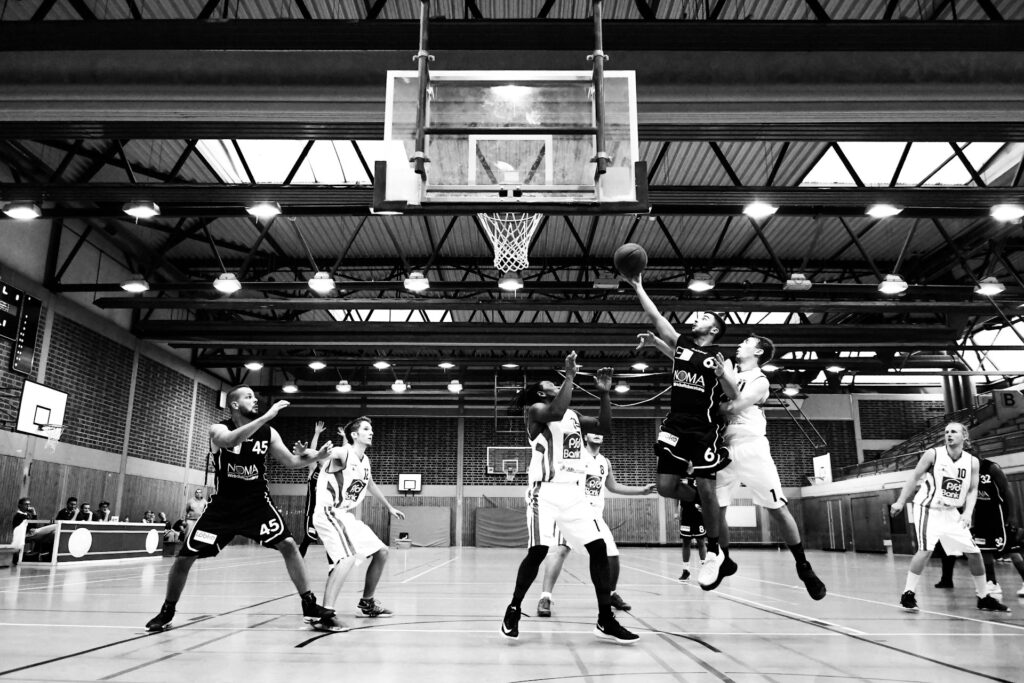
The 5 Positions in Basketball – A Quick Overview
Before focusing on each position, let’s first establish the positions in basketball by number. Coaches and players often refer to positions by their numbers instead of their regular names. Here are the five positions in basketball and their corresponding numbers:
- Point Guard (1)
- Shooting Guard (2)
- Small Forward (3)
- Power Forward (4)
- Center (5)
This number system serves several purposes. First, it’s more practical to use numbers instead of full names. Coaches can use the numbers to draw up plays during timeouts and call plays on the fly during games. Players may also understand the play calls more easily when using numbers, especially if a player subs in for another. Imagine teaching youth basketball positions and trying to get 10-year-old kids to understand what you’re talking about.
Second, the numbers mirror the heights of the five positions in basketball. On most teams, the guards are the shortest, centers are the tallest and forwards are somewhere in between. This natural order is helpful for new players unfamiliar with each position. If they’re one of the tallest on the team, they know they’re supposed to be a 4 or 5.
However, famous exceptions have occurred throughout the history of basketball. Earvin “Magic” Johnson revolutionized the game as a 6’8” point guard. Charles Barkley excelled at the power forward position despite only being 6’6”.
Third, the numbers are accurate symbols of each position’s role. Point guards are the leaders and primary ball handlers, so #1 is appropriate. Shooting guards are scorers and secondary ball handlers. Small forwards do a little of everything, so they’re right in the middle. Some say small forward is the best position in basketball! Power forwards and centers play similar roles as rebounders and defenders.
Now that you understand the five basketball positions by number and name, it’s time to take a closer look at the unique roles of each one. We’ll go in numerical order from point guards to centers.
1. Point Guard
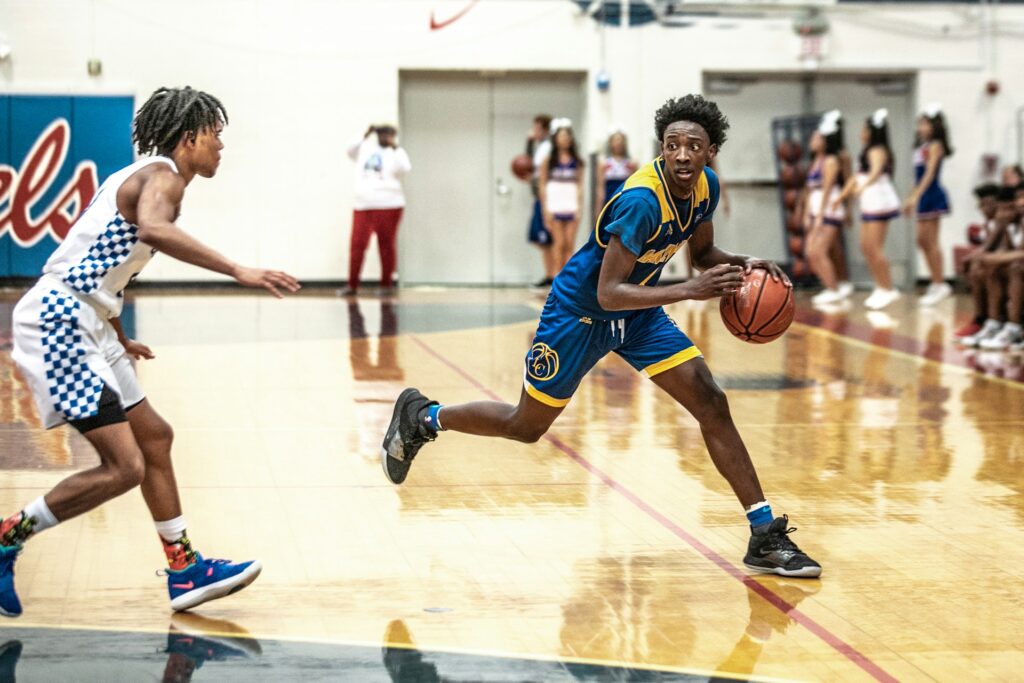
Point guards are the de facto leaders of the team. Coaches often call them the “floor generals” because of their high basketball IQ. Point guards are responsible for handling the ball, running the offense and controlling the game’s pace. They should be capable scorers, but dribbling and passing are more critical in this position.
The shortest player on the court is often the point guard. Their small stature enables them to become elite ball handlers. It’s not a coincidence that shorter players like Chris Paul, Steph Curry and Kyrie Irving — all point guards — are considered the most incredible ball handlers ever. Taller guys like Magic and Ben Simmons can handle the pill, but their abilities aren’t as natural as those of their shorter counterparts.
The agility and quick thinking required of the position have made it one of the most sought-after positions in basketball, accounting for 22.9% of NBA salaries. They’re willing to dive for loose balls and make the extra pass to the open teammate. Overall, point guards are supposed to be the heart, mind and soul of the basketball team. Think about Marcus Smart for the Boston Celtics and players like him.
2. Shooting Guard
As the name suggests, shooting guards specialize in shooting the ball. They’re often the opposing defense’s worst nightmare. When shooting guards get into a groove, they can single-handedly win games by knocking down jump shot after jump shot. This position is more important than ever now that the 3-point revolution has taken over modern basketball.
The ideal prototype of a shooting guard is none other than Michael Jordan. Shooting from the mid-range was always his biggest strength, but he could dominate the game in different ways. He was also an elite finisher, free throw shooter and defender. Mike also used his size to dominate in the post because the defenders were usually smaller than him. Every shooting guard must master these parts of the game and lead the backcourt in scoring — if not the whole team.
Shooting guards sometimes go by another name — “three and D” players. This nickname comes from their tendency to be excellent two-way players. They can light up the scoreboard with jump shooting and lock down the other team’s best guard on defense. Advanced stats say Derrick White from the Celtics and De’Anthony Melton from the 76ers are the best in the game at threes and defense.
The guard in basketball sometimes plays a combination of both the 1 and 2. For example, Oscar Robertson in the 1960s could shift into either role depending on what was needed for his team. James Harden is a modern example of a combination point and shooting guard. You may wonder what the positions in basketball are for, and coaches will tell you it depends on what the other five guys are on the other side.
3. Small Forward
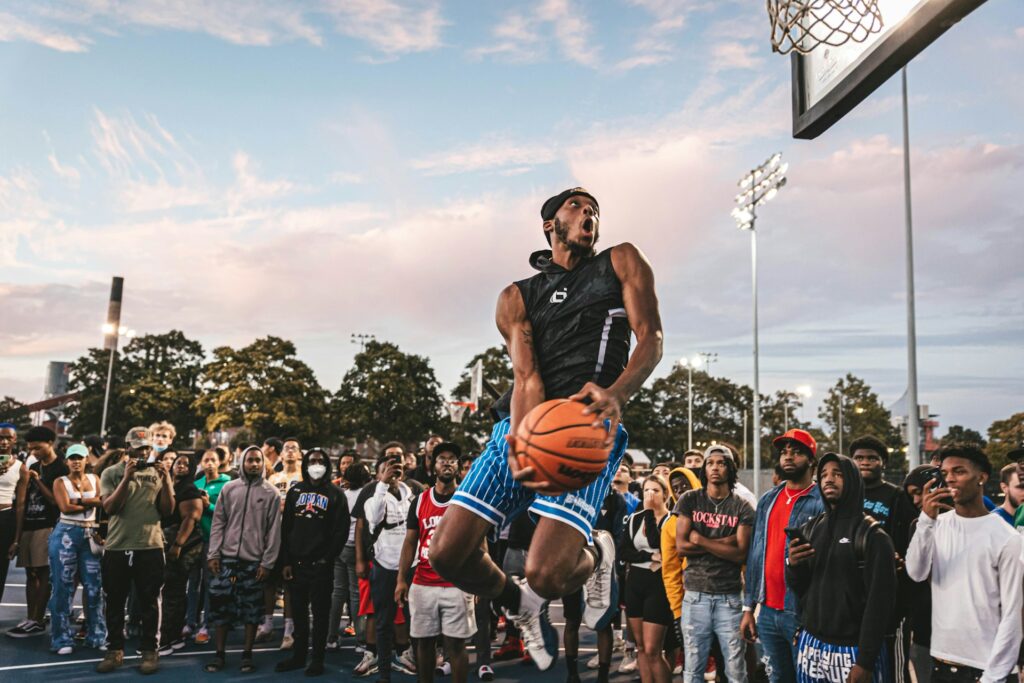
Small forwards are the Swiss Army knives of a basketball team. They might not be elite at any particular skill. Still, they’re supposed to be above-average at everything — shooting, finishing, passing, dribbling, rebounding and defense. Small forwards need this balanced skill set to fill any role within the offensive or defensive scheme.
So, what is the model small forward in basketball? All threes in basketball should model their games after Lebron James. He’s not a lights-out shooter or amazing ball handler, but he doesn’t have a single weakness in his game. While he needs to work on his free throw, LeBron can score on any defender and fit into any team’s playstyle. His 6’9” 250-pound frame is ideal for the small forward position.
Small forwards have to be gifted athletes to play at a high level. They often have the speed of a point guard and the strength of a power forward. On any given day, you can catch them doing clean high pulls or dumbbell jump squats in the weight room. The best small forwards like LeBron, Kawhi Leonard and Jayson Tatum can guard multiple positions on the opposing team. The small forward’s versatility arguably makes it the best position in basketball.
4. Power Forward
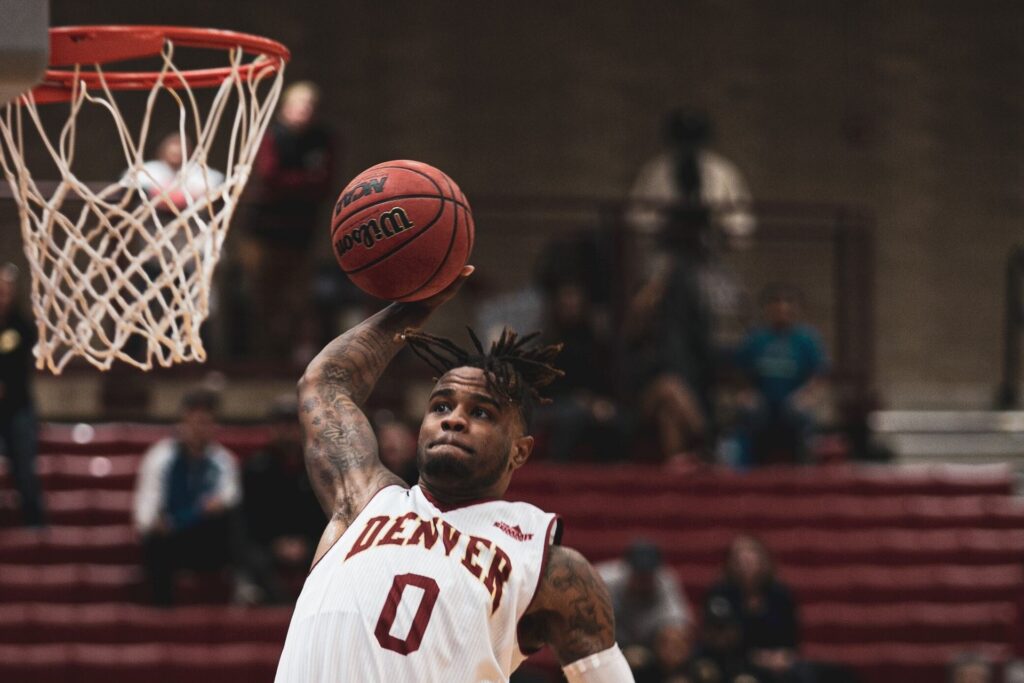
When considering the forward basketball position, you must also discuss the 4. Power forwards are the unsung heroes of the basketball team. Their primary responsibilities are rebounding, defending and scoring from the post area, which means they often take a beating throughout the game. The post position in basketball is the painted area from the free-throw line to the rim, where the biggest and strongest players battle it out.
However, despite this bruising playstyle, power forwards must be decent shooters, passers and ball handlers in the modern era. Rebounding and defense are still the top priorities when playing the post position. Still, the best power forwards can do many other things. They have come in many shapes and sizes over the years.
In the early days, the power forwards were extensions of the center basketball positions. Jerry Lucas, Bob Pettit and Elvin Hayes dominated the glass and put up double-doubles every night because they played similarly to a center.
As you move into the ‘80s and ‘90s, prototypical power forwards like Tim Duncan and Karl Malone used their physicality to dominate the game from the post and the mid-range game. Kevin Garnett and Dirk Nowitzki were skinnier and added more scoring finesse to the position.
In the last decade, the power forward basketball position has shifted to a slightly taller small forward. Many of these players are pure 3-point shooters and have moved their games to the perimeter to allow more space for their guards to move around. Steve Novak and Ryan Anderson are a couple of power forwards who made their living at the 3-point line.
In any case, power forwards must be powerful and durable to handle the position’s responsibilities. Look no further than Giannis Antetokounmpo. Other power forwards are more skilled, but Giannis is the best because nobody can control his strength and athleticism around the rim on offense or defense. Well, Al Horford has done a pretty good job the past few years.
5. Center
Centers are the tallest players on the court, so their primary responsibilities are rebounding, controlling the paint on both ends and stopping the other team’s tallest player. They like to hang around the post position, similar to power forwards. Thanks to their unmatched size, centers usually have limited roles and skill sets but can still dominate the game.
Bill Russell was the original center prototype in the 1960s as the best defender and rebounder in the NBA. Wilt Chamberlain was his friend and nemesis, standing at 7’1” and 275 lbs. Back then, centers had to be large trees in the forest known as basketball. The gigantic size has remained consistent through the decades, with Kareem Abdul-Jabbar, Shaquille O’Neal and David Robinson dominating the paint.
For generations, basketball teams revolved their game plan around the center and let them be their leading scorer. That’s why people arguing about the best basketball players often have Chamberlain, Russell, O’Neal and Abdul-Jabbar on their all-time list. However, you must also consider how today’s big guys are revolutionizing the sport as we know it.

Today’s best centers are changing basketball forever. They’re still seven-footers who primarily control the game from the post position, but now they’re learning to shoot, pass and dribble like smaller players. Nikola Jokić is effectively a point guard in a center’s body. Joel Embiid can take over a game with his jump shooting. Victor Wembanyama is 7’5” and can score from anywhere on the court, whether you throw him a lob or let him shoot from the half-court logo.
Honorable Mention: 6th Man
As an honorable mention, every team needs a reliable sixth man. These players are the first to come off the bench during the game. Any of the five positions in basketball can fill the sixth-man role. Still, they tend to be shooting guards or small forwards because of their versatility. Coaches should be able to insert the sixth man into the starting lineup if necessary.
The best sixth men in NBA history look quite different, but they’re all capable of leading the team. Manu Ginobili and Vinnie Johnson could run the offense while the starters rested. Ricky Pierce and Jamal Crawford could be the team’s best scorers on any given night. Every basketball team at every level must have at least one skilled player coming off the bench.
Playing the Best Position in Basketball
If only Naismith could watch a game of 21st-century basketball. The game has dramatically changed since he died in 1939, but he’d appreciate the beautiful sports craft surrounding the orange ball. If you’re wondering what the positions in basketball are, refer to this guide for a comprehensive walkthrough.
What do you think is the best position in basketball? Each position has contributed to all-time great players, so it boils down to your preference and what you value on the court. Small forwards like LeBron, Durant and Larry Bird have incredible skills, but you can’t overlook any of the other four positions.
Originally posted Aug 28, 2023 – Updated Mar 08, 2024
Stay up to date with the latest by subscribing to Modded Minute.
Author
Jack Shaw is a senior writer at Modded. Jack is an avid enthusiast for keeping up with personal health and enjoying nature. He has over five years of experience writing in the men's lifestyle niche, and has written extensively on topics of fitness, exploring the outdoors and men's interests. His writings have been featured in SportsEd TV, Love Inc., and Offroad Xtreme among many more publications.

